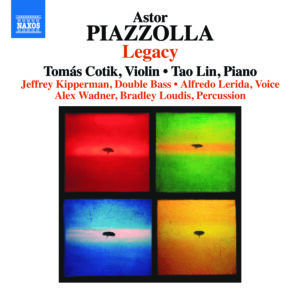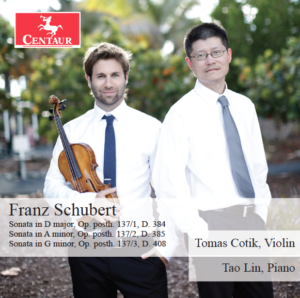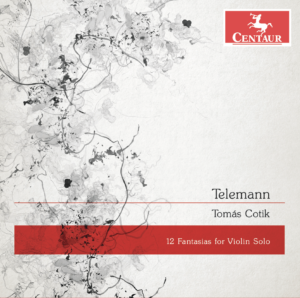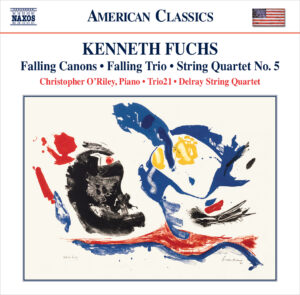BACH: SONATAS AND PARTITAS FOR SOLO VIOLIN
Bows and the instruments that need them to make string sounds bloom have changed over centuries as music’s demands have changed. Paintings from the Middle Ages, Gothic, Renaissance, and Baroque eras depict many differences.
Earliest and simplest were small trebles played with short, convex bows the stretched hairs of which were understandably of low tension. Players’ arms had to move often and the thumb played a role in varying the tension. Useful as melody instruments only, they and their limitations inspired makers, possibly urged by performers, to experiment with altering proportions and construction of the sound box and neck, and to increase the number of strings from two to three, four or more. Frets were added to some while others remained without. Each enabled special qualities of expression to the tones of new music. Bows were lengthened, their curvatures altered. Weights might vary depending in part on the woods used. Local idiosyncratic variants gradually waned as makers and composers settled into distinct, idiomatic styles.
From the mid-Seventeenth Century on, performers could rely on instruments such as violins (and the bows made for them) to inspire the development of techniques suited to imitation of effects of elaborate vocalism (think of the castratiand other vocal virtuosi), sounds of animals and birds, even of warfare and effects of weather as well as purely abstract ideas to satisfy the mind and the enlivening gestures of dance.
Two “schools” of violinistic pioneers prepared the way for the tremendous achievements of Sebastian Bach: the Italian, of Uccellini, Corelli, and Vivaldi; and the German, of Schmelzer, Biber, and Muffat. From them came the prototypes for fantasies, variations, sonatas, and suites of dances uniquely suited to instruments from the workshops of such famed names as Amati, Guarneri, Stradivari, and Stainer. New heights for this South-North axis were reached around 1720 in Cöthen when Bach drew together in a single manuscript his Sei Solo. Violino senza Basso accompagnato.
Undocumented are the reasons for these works although the Italian title’s literalness (You’re alone) suggests to some fanciful imaginations that the collection may be an homage to Maria Barbara, Bach’s wife who died that year. More likely, the title’s spelling is simply erroneous. For certain, the subtitle can only be construed as the novelty that the music is self-sufficient, that unusually it is not to be accompanied. Therein lies the unquestionable brilliance behind six multi-sectional works that encompass bassline, harmony, and melody all under one bow drawn across the four strings of a single instrument.
This astonishing body of literature is presented here as the product of the artist’s re-creative inspirations, based on Baroque practices. Little additional ornamentation has been added, the music being so fully provided for by Bach. Employed are an instrument with softer strings than usual today and a Baroque bow. The combination allows for delicate nuances to be realized naturally at the beginning and ending of each stroke, for effortless chord playing “around the curves,” for strings to be enjoyed in low, open positions and to be changed mid-phrase seamlessly. Thus, the instrument responds quickly to render tonal resources of unusual lightness and transparency in service to Bach’s score.
-Frank Cooper



